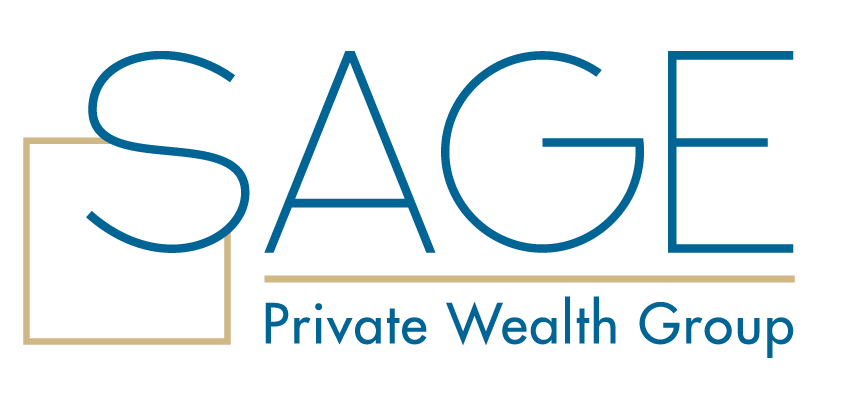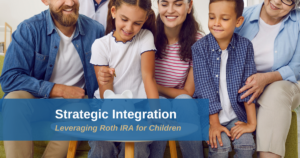
The SECURE Act 2.0, recently enacted legislation, introduces a host of amendments poised to fortify the retirement system and enhance Americans’ financial preparedness for retirement.
Building upon prior legislation that extended the age for required minimum distributions (RMDs) and facilitated workplace saving plans’ integration of annuities, the SECURE 2.0 law represents a culmination of efforts to fortify retirement savings through employer plans and Individual Retirement Accounts (IRAs).
Here are 9 notable modifications under SECURE 2.0:
For Individuals Approaching or in Retirement:
- RMD Adjustments: The legislation elevates the age for initiating RMDs from retirement accounts to 73, effective January 1, 2023, offering individuals an additional year to defer mandatory withdrawals. Notably, the penalty for RMD non-compliance diminishes to 25% of the RMD amount not withdrawn, commencing in 2023.
- Catch-up Contributions: Individuals aged 60 through 63 can make catch-up contributions of up to $10,000 annually to workplace plans beginning January 1, 2025. Moreover, the Roth account provision for catch-up contributions becomes effective in 2026, requiring contributions above $145,000 to be made in after-tax dollars.
- Roth Account Matching: Employers gain the flexibility to extend vested matching contributions to Roth accounts, diversifying retirement plan options for employees.
- Qualified Charitable Distributions (QCDs): As part of their $100,000 annual Qualified Charitable Distribution (QCD) limit, individuals age 70½ and older can choose a one-time gift of up to $50,000, which is adjusted annually for inflation, to a charitable remainder unitrust, charitable remainder annuity trust, or charitable gift annuity. This expands the range of eligible charities for QCDs. The gifted amount is considered part of the annual Required Minimum Distribution (RMD), if applicable. To qualify, gifts must originate directly from the IRA by the calendar year’s end. Not all charities are eligible to receive QCDs.
- Annuity Enhancements: Qualified longevity annuity contracts (QLACs) receive a boost with increased premium limits and the removal of the 25% balance constraint.
For Individuals Far from Retirement:
- Automatic Enrollment and Plan Portability: New 401(k) and 403(b) plans must automatically enroll eligible employees, commencing at a minimum contribution rate of 3% from 2025 onwards. Automatic plan portability services facilitate seamless transfer of low-balance retirement accounts during job changes.
- Emergency Savings: Defined contribution retirement plans can incorporate an emergency savings account, fostering short-term financial preparedness with tax- and penalty-free withdrawals.
- Student Loan Debt: Employers can match employee student loan payments with corresponding contributions to retirement accounts, incentivizing saving while repaying educational loans.
- 529 Plans: After 15 years, assets from 529 plans can be rolled over to a Roth IRA, subject to contribution limits and distribution regulations.
While SECURE 2.0 broadens retirement saving avenues. Speak to your Wealth Advisor or tax professional to ascertain how these changes impact your financial circumstances.
Sources: Fidelity: https://www.fidelity.com/learning-center/personal-finance/secure-act-2 IRS: https://www.irs.gov/newsroom/irs-announces-administrative-transition-period-for-new-roth-catch-up-requirement-catch-up-contributions-still-permitted-after-2023
SAGE Private Wealth Group does not provide legal or tax advice. The information herein is general and educational in nature and should not be considered legal or tax advice. Tax laws and regulations are complex and subject to change, which can materially impact investment results. SAGE Private Wealth Group cannot guarantee that the information herein is accurate, complete, or timely. SAGE Private Wealth Group makes no warranties with regard to such information or results obtained by its use, and disclaims any liability arising out of your use of, or any tax position taken in reliance on, such information. Consult an attorney or tax professional regarding your specific situation.
Keep in mind that investing involves risk. The value of your investment will fluctuate over time, and you may gain or lose money.
This information is intended to be educational and is not tailored to the investment needs of any specific investor.





